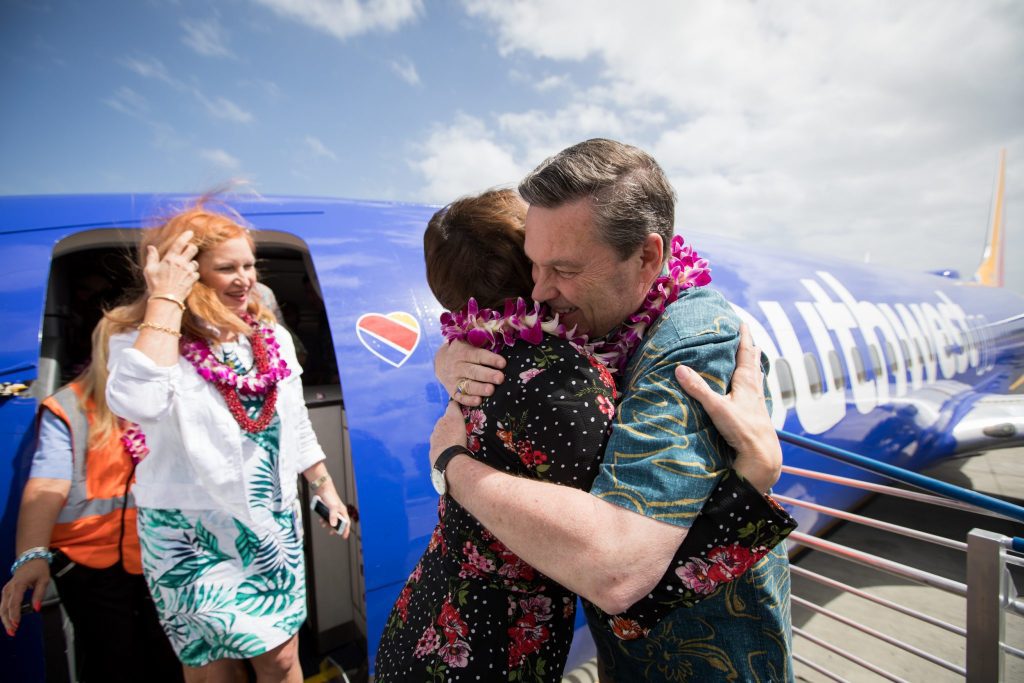The Southwest Effect Is Already Impacting Hawaii Tourism

Skift Take
Southwest Airlines’ entry into the Hawaii market is likely to bring more competitive airfares from the U.S. mainland and also on inter-island routes. The good news may be tempered, however, by rising hotel rates and limited availability in Hawaii’s most popular destinations.
The launch of Southwest Airlines service to Hawaii has bargain-hunting travelers jumping for joy, but it’s also raising questions about the long-term impact on a destination where hotel occupancies and room rates are already among the highest in the U.S.
A feeding frenzy among consumers ensued when Southwest announced introductory one-way fares for as low as $49 on its new service, which began in mid-March with twice daily flights between Oakland, California and Honolulu.
The low-cost carrier also plans to expand service from Oakland to Maui on April 7 and to Kona on May 12. Service from San Jose, California to Maui, Honolulu, and Kona is slated to start in May. In addition, Southwest plans on starting inter-island service in Hawaii in April.
“Things went crazy—there was incredible excitement when the cheap fares were announced,” said Lena Brown, a Las Vegas-based travel advisor with Largay Travel. “I even got on my cell phone and tried to get one for myself, but it was too late.”
Hawaii tourism officials are also enthused about Southwest service. Chris Tatum, CEO of the Hawaii Tourism Authority, believes its impact will extend beyond the traditionally dominant West Coast market.
“Southwest connects to gateways all over the nation and undoubtedly some of their frequent flyers will want to use their points for Hawaii,” he said. “We definitely think it will attract some new visitors.”
Bro
